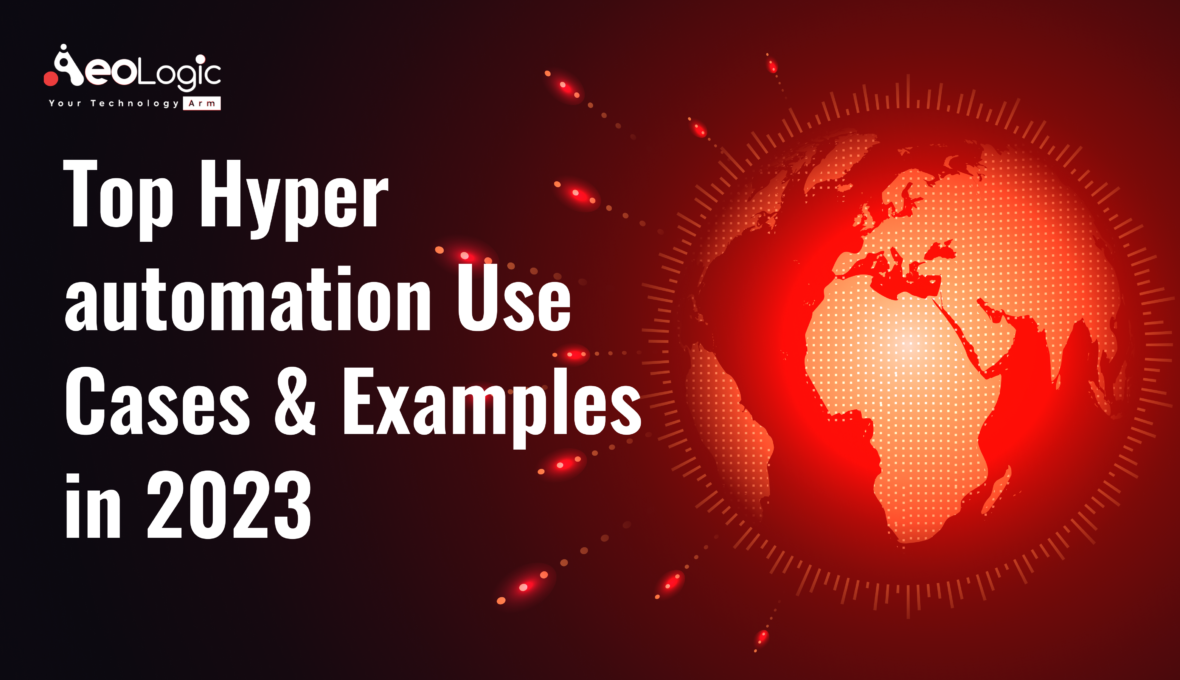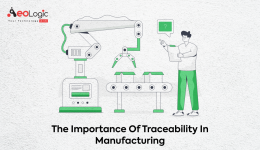Do you want to know the secret to boost your business efficiency and productivity? Look no further, because today, I’m going to share with you the incredible power of hyper automation. In this article, we will explore the top hyper automation use cases and examples in 2023. These examples will help you understand how this cutting-edge technology can transform your business operations and pave the way for success.
Top Hyper Automation Use Cases Across Industries
| Industry | Use Case | Example |
|---|---|---|
| Customer Service | AI-powered chatbots | Coca-Cola’s personalized customer service |
| Finance & Accounting | Invoice processing | IBM Automation’s finance solutions |
| Human Resources | Resume screening | Unilever’s HR automation |
| Supply Chain Management | Demand forecasting | Amazon’s inventory management |
| Retail | Personalized recommendations | Starbucks’ AI-driven mobile app |
| Transportation | Driver-passenger matching | Uber’s ride allocation algorithms |
| Banking | Virtual assistants | Bank of America’s “Erica” |
By referring to this table, you can easily see how hyper automation is applied across various industries to streamline processes, reduce costs, and improve customer experience. The examples mentioned in the table are just a glimpse of the potential of hyper automation, and we can expect even more innovative use cases to emerge in the coming years.
What is Hyper Automation?
Before diving into the examples, let’s take a moment to understand what hyper automation is and how hyperautomation can help you transform your business(Trending at Hackernoon). Hyper automation is the next generation of automation, combining artificial intelligence (AI), machine learning (ML), robotic process automation (RPA), and other advanced technologies to automate end-to-end business processes with minimal human intervention. The result is streamlined operations, reduced costs, and improved efficiency. By embracing hyperautomation, businesses can stay ahead of the competition and achieve greater success in today’s fast-paced market.
Also Read: Best Ways to Maximize the Benefits of Hyper Automation
Top Hyper Automation Use Cases in 2023
1. Customer Service & Support
In today’s competitive landscape, providing top-notch customer service is essential to retain clients and attract new ones. Here’s how hyper automation is revolutionizing customer service and support:
- AI-powered chatbots: By integrating AI and ML technologies, hyper automation is enabling chatbots to understand customer queries more effectively and provide tailored responses, improving customer satisfaction.
- Automated ticket management: Hyper automation allows businesses to manage customer support tickets more efficiently by automatically routing them to the appropriate support teams based on predefined rules.
- Sentiment analysis: With advanced natural language processing (NLP) algorithms, hyper automation can analyze customer feedback and reviews to identify trends, helping businesses make data-driven decisions to improve their services.
2. Finance & Accounting
Hyper automation is playing a significant role in automating tedious, repetitive tasks in finance and accounting. Here are some examples of how it’s making a difference:
- Invoice processing: Hyper automation can streamline the invoice processing workflow, from data extraction and validation to payment processing.
- Financial reporting: With advanced analytics, hyper automation enables the creation of accurate financial reports with minimal manual intervention, saving time and reducing errors.
- Fraud detection: By analyzing large datasets, hyper automation can detect suspicious activities and potential fraud cases, ensuring financial security.
Also Read: The Role of Automation in Streamlining Banking Operations
3. Human Resources
Hyper automation is transforming HR processes to make them more efficient and employee-centric. Some key use cases include:
Boost your business performance with our automation solutions!
- Resume screening: Hyper automation helps in scanning resumes to identify the best candidates for a job, reducing the workload of HR professionals.
- Onboarding and training: By automating onboarding processes and leveraging AI-powered training platforms, hyper automation can provide a personalized learning experience for new hires.
- Performance management: Hyper automation can track employee performance, providing insights for managers to make data-driven decisions about promotions, salary increments, and other talent management activities.
4. Supply Chain Management
Hyper automation is reshaping supply chain management by optimizing various aspects of the process. Some examples include:
- Demand forecasting: Hyper automation helps businesses predict demand for products more accurately, enabling better inventory management and reducing stockouts.
- Warehouse automation: With robotic process automation, warehouses can streamline operations such as order picking, packing, and shipping, reducing manual labor and improving efficiency.
- Vendor management: Hyper automation can assist in monitoring vendor performance, ensuring they meet quality standards and delivery timelines.
Also Read: The Ultimate Guide to Warehouse Automation Success
Top Hyper Automation Examples in 2023
- Amazon: Amazon’s warehouses use advanced robotics and AI to automate various tasks such as sorting, packing, and shipping, improving efficiency and reducing operational costs.
- Coca-Cola: The beverage giant uses AI-powered chatbots to provide personalized customer service, enhancing the customer experience.
- Starbucks: Starbucks employs hyper automation in the form of its AI-driven mobile app, which offers personalized recommendations and streamlines the ordering process, resulting in improved customer satisfaction.
- IBM: IBM has developed a suite of hyper automation solutions called “IBM Automation,” which includes AI-powered automation tools for finance, HR, and supply chain management. These solutions help businesses optimize their processes and reduce costs.
- Unilever: The consumer goods giant utilizes hyper automation for demand forecasting and inventory management, enabling better decision-making and improved supply chain efficiency.
- Uber: Uber leverages hyper automation to optimize its driver and passenger matching algorithms, ensuring efficient ride allocation and reduced wait times for customers.
- Bank of America: The financial institution uses a virtual assistant called “Erica” to help customers with various banking tasks, such as checking account balances and making payments, streamlining the customer experience.
Also Read: The Role of Robotics, AI, and Automation in Healthcare
The Future of Hyper Automation
The examples and use cases presented in this article show that hyper automation is already making a significant impact on various industries. As technology continues to advance, the scope and scale of hyper automation will only expand, leading to more efficient, cost-effective, and customer-centric business operations.
Final Words
Hyper automation is an essential tool for businesses looking to thrive in the competitive landscape of 2023. By leveraging AI, ML, RPA, and other advanced technologies, hyper automation can transform your business processes, reduce costs, and improve efficiency. With the top hyper automation use cases and examples provided in this article, you can now better understand how this technology can revolutionize your business operations and pave the way for future success.
Are you looking to implement automation technology into your business? If yes, so, please feel free to contact us at support@aeologic.com






